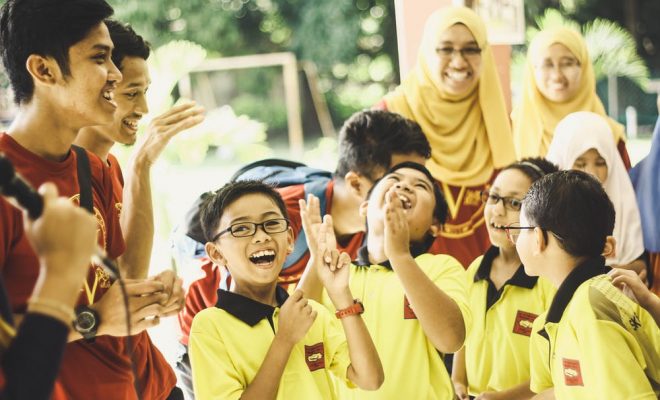Six Different Types of Pre-kindergarten Programs.

The time has come to select a preschool for your child. If you’re wondering whether or not to send your child to preschool, the answer is simple: yes.
“A group of researchers recently published the findings of a 25-year study looking at the effects of preschool and up to six years of follow-up service,” according to Psychology Today for a group of over 1000 children in inner-city Chicago.” Children who received preschool education and follow-up services were more likely to have health care and were less likely to have criminal records than children who did not receive preschool education and follow-up services.”
As you commence your preschool search, you may also be unaware that preschools differ not only in terms of cost and schedule but also in terms of their distinct philosophies. There are various types of preschool programs, each with its own promise to ensure your child’s development. Today, we will concentrate on the six most common types of preschool programs.
- Maria Montessori (The Child-Centered Approach)
The Montessori program, founded in Rome by Maria Montessori, is one of the most well-known preschool programs. Montessori education is child-centered, with educators merely serving as guides to learning. Through play and manipulatives, each child learns at his or her own pace. This philosophy also implies that children of varying ages may be in the same classroom.
- Waldorf-Astoria (Structured Creative Learning)
Waldorf preschool programs combine creative learning and structure. In mixed-age classrooms, children learn through play-based learning with regular routines (such as music class, art class, and so on). Rather than traditional academics, Waldorf Schools place a strong emphasis on creativity and the outdoors. In fact, in Walford Schools there is no homework, tests, or grading.
- Reggio Emilia (Project-Based Learning)
This preschool program, which began in the northern Italian town of Reggio Emilia, focuses on the development of good citizens. Children learn by experimenting with new ideas and participating in project-based activities. For example, these programs may include gardening so that students can collaborate to learn about how plants get bigger and how food maintains the body. Furthermore, Reggio Emilia intends to document learning throughout the year with photos, videos, and observations for later review.
- High Degree (Academic Learning)
High Degree preschool programs are well-liked in community-based programs such as the YMCA or local community centers. It focuses on academic learning by giving children the opportunity to learn academic skills like counting and telling time.
- Bank Street is a street in New York City (Active Learning Through Social Sciences)
In 1916, the Bank Street model was born at the Bank Street College of Education in New York City. This out-of-the-box program helps children learn from their surroundings by introducing them to social sciences. The program promotes active learning and imagination while being guided by educators (who are viewed in this program as facilitators).
- Emergent
The educators and students in emergent preschool programs vary. It is because educators plan activities based on the skills, needs, and interests of their current students. There will be no two identical classrooms. This approach incorporates both play-based and project-based learning.
You, as a parent, are aware of your child’s requirements. Choose a preschool that will best support your child’s learning style and the values of your family.






